| 结构式 | 名称/CAS号 | 全部文献 |
|---|---|---|
 |
蔗糖
CAS:57-50-1 |
|
 |
乙醇
CAS:64-17-5 |
|
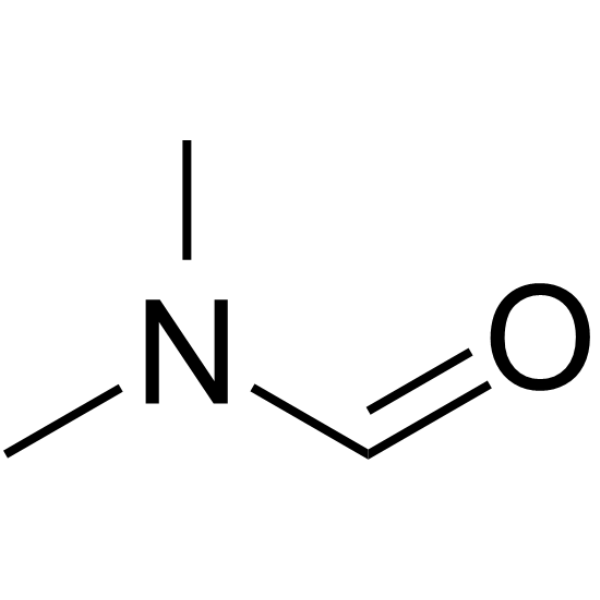 |
N,N-二甲基甲酰胺
CAS:68-12-2 |
|
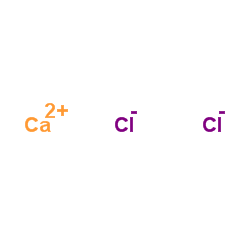 |
无水氯化钙
CAS:10043-52-4 |
|
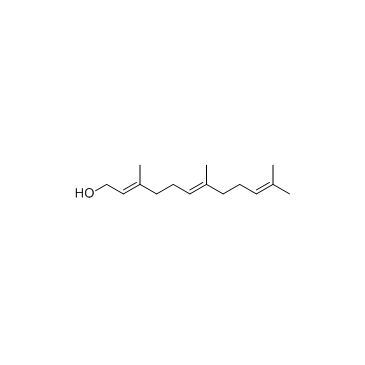 |
法呢醇
CAS:4602-84-0 |
|
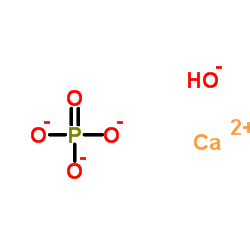 |
羟基磷灰石
CAS:1306-06-5 |
|
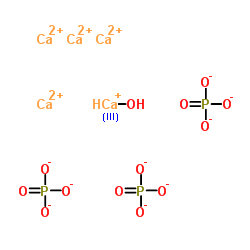 |
磷酸钙
CAS:12167-74-7 |
|
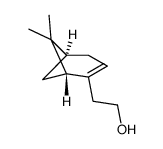 |
6,6-二甲基联环(3.1.1)庚烷-2-烯-2-乙醇
CAS:35836-73-8 |
|
 |
磺酰氯
CAS:7791-25-5 |
|
 |
二水氯化钙
CAS:10035-04-8 |